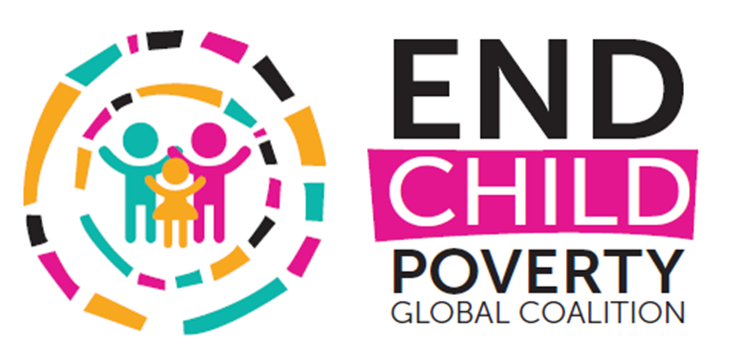NEWSLETTERS
Our newsletters provide round-up of latest news, updates, publications and events on child poverty research, policies and programming. Check out the most recent issues below, and subscribe to receive straight into your inbox!
Blogs
In September, UNICEF and the World Bank shared new figures that are hard to ignore: 412 million children live in families struggling to survive on less than $3 a day. Earlier this year, we estimated that nearly 900 million children experience multidimensional poverty, facing deprivations in critical areas like education, health, nutrition, and basic living conditions.
Child poverty continues to be one of the urgent challenges of our time, with nearly 900 million children experiencing multidimensional poverty. To achieve the Sustainable Development Goal (SDG) targets of halving multidimensional child poverty and ending extreme monetary poverty among households with children by 2030, extraordinary and coordinated efforts are essential. But what concrete strategies have actually worked?
Girls, boys, women and men experience poverty differently. When we group their experiences together, we lose sight of the specific impacts of poverty based on age and gender. A gap in reliable detailed data on the specific needs of different populations makes it challenging to design effective policies, such as social protection programmes.
A new policy brief from UNICEF’s East and Southern Africa office finds that countries allocate under 10% of government spending to social protection, almost half the average for low-and middle-income countries. This means that social protection spending equates to just over 2 USD per person per month. Furthermore, children receive only a quarter of the region’s total social protection spending, with only one in 7 children aged under 18 covered.
Today more than 300 million children live in extreme poverty, struggling to survive on less than $2.15 per day. Nearly one billion children experience multidimensional poverty – lacking access to essential services like healthcare, education, and proper nutrition. These stark numbers aren’t just statistics; they represent a fundamental challenge to global development and social justice.
Over half of the 1.1 billion people living in multidimensional poverty worldwide are children, according to the 2024 update of the global Multidimensional Poverty Index (MPI). The 2024 global MPI, published annually by the Oxford Poverty and Human Development Initiative (OPHI) and the Human Development Report Office of the United Nations Development Programme, was released on the International Day for the Eradication of Poverty. This year’s joint report reveals the extent of child poverty around the world using the MPI and explores the links between poverty and conflict.
Children and youth are denied not only their fundamental human rights, but also the possibility to live their life to their fullest, today and in the future. This global scenario is examined in the most recent edition of the WeWorld Index, a flagship product of ChildFund Alliance.
On Monday the 5th of December, members of the Global Coalition to End Child Poverty from around the world came together to reflect on our work in 2022 and develop our work plan for 2023 and beyond.
On Monday the 5th of December, members of the Global Coalition to End Child Poverty from around the world came together to reflect on our work in 2022 and develop our work plan for 2023 and beyond.
Netflix’s hit show "Maid" is the reality for hundreds of millions of children and their families worldwide.
It is well known that pandemics, natural disasters or other crisis events can pose a significant threat to our mental health. During COVID-19, the pandemic, the lockdown measures, and the new phenomenon known as infodemic have been causing psychological distress or mental health issues.
As a response to the COVID-19 pandemic, government policies around the world may have inadvertently affected the mental wellbeing of children.
The world of poverty measurement has been transformed over the past 20 or so years, with the idea of multidimensional poverty measurement, including for children, become mainstream and indeed included in the SDGs for all countries to monitor and address.
Three actions we must take to build a world in which all adolescent girls experience a healthy, safe and successful transition to adulthood in the face of the COVID-19 crisis
The COVID-19 pandemic presents governments in the Global South with an opportunity to address the underlying causes of child poverty and policies that have contributed towards family poverty and widened inequalities in their economies.

















To design effective child well-being policies, policy-makers need comprehensive and timely data that capture what is going on in children’s lives. OECD’s new report, Measuring What Matters for Child Well-being and Policies, aims to move the child data agenda forward by laying the groundwork for better statistical infrastructures that will ultimately inform policy development.